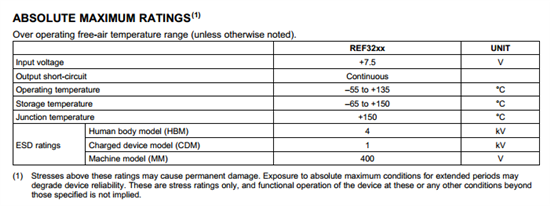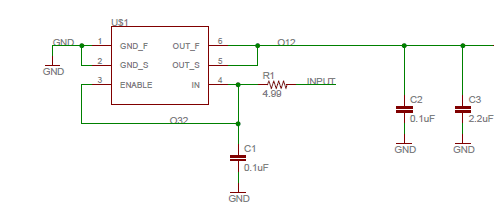All,
In the datasheet for the REF3212 under absolute maximums it mentions an operating temperature of -55 to +135C, but everywhere else on the website and in the beginning of the datasheet mentions a temperature range of -40 to +125C. Can you clarify on which is correct?



